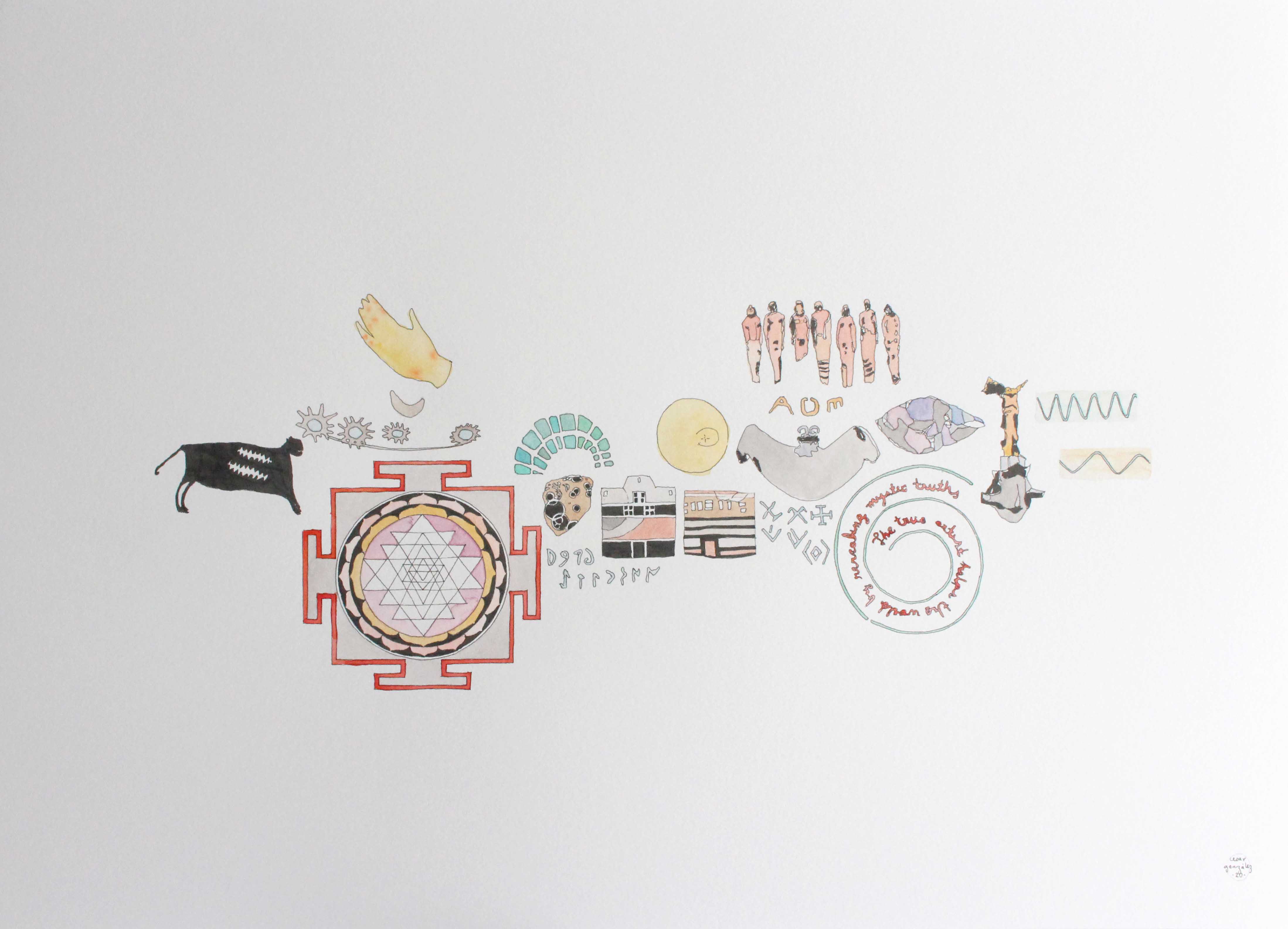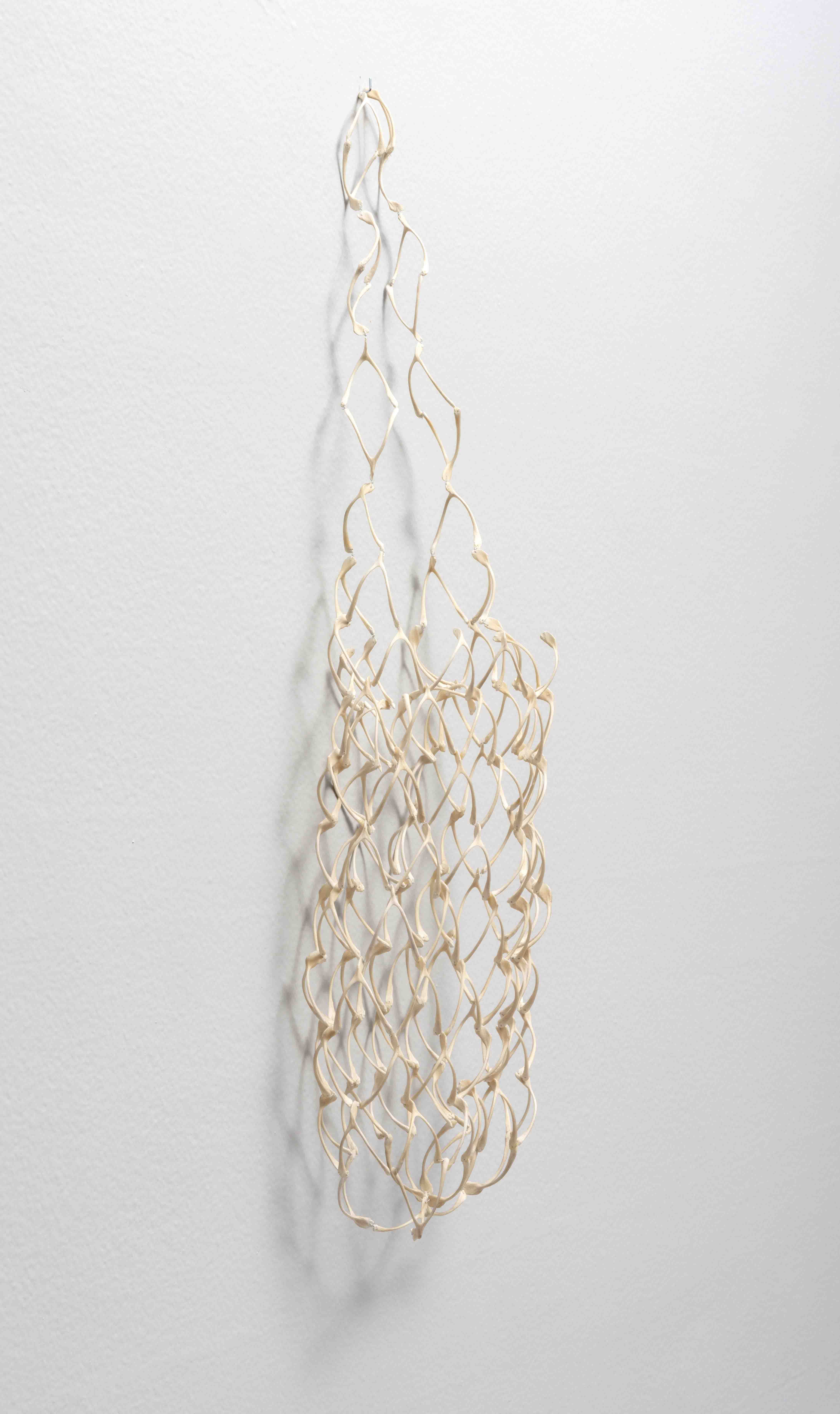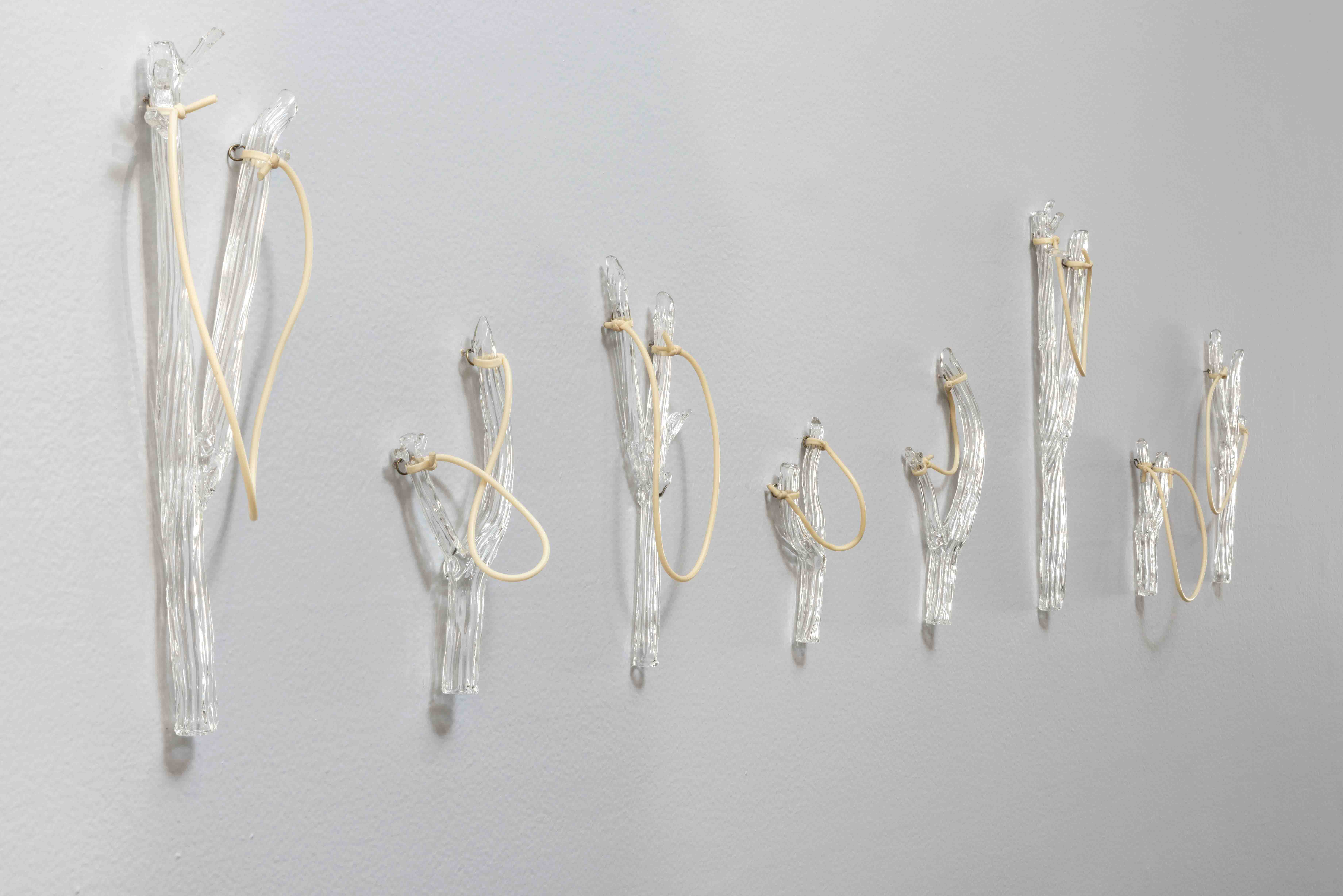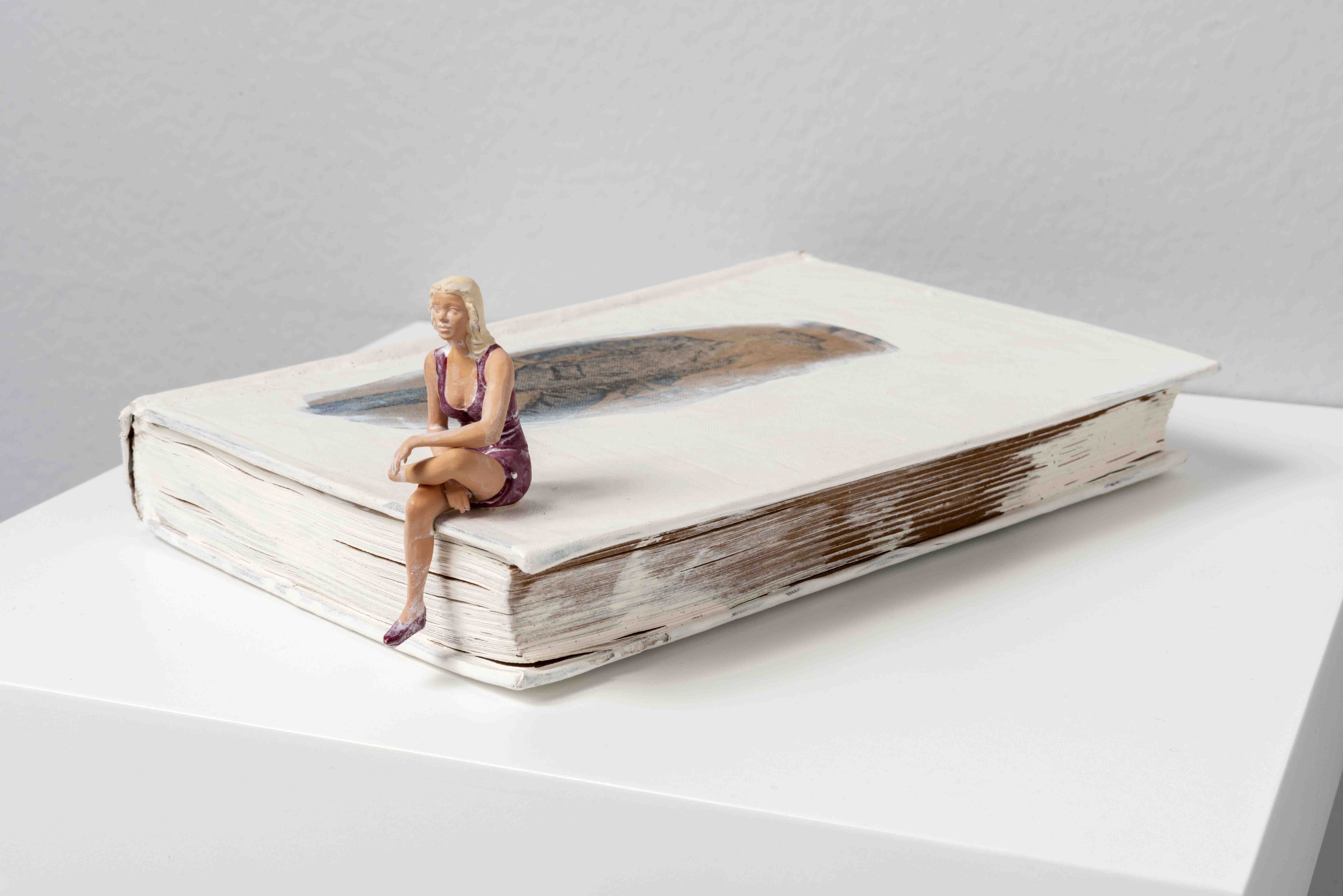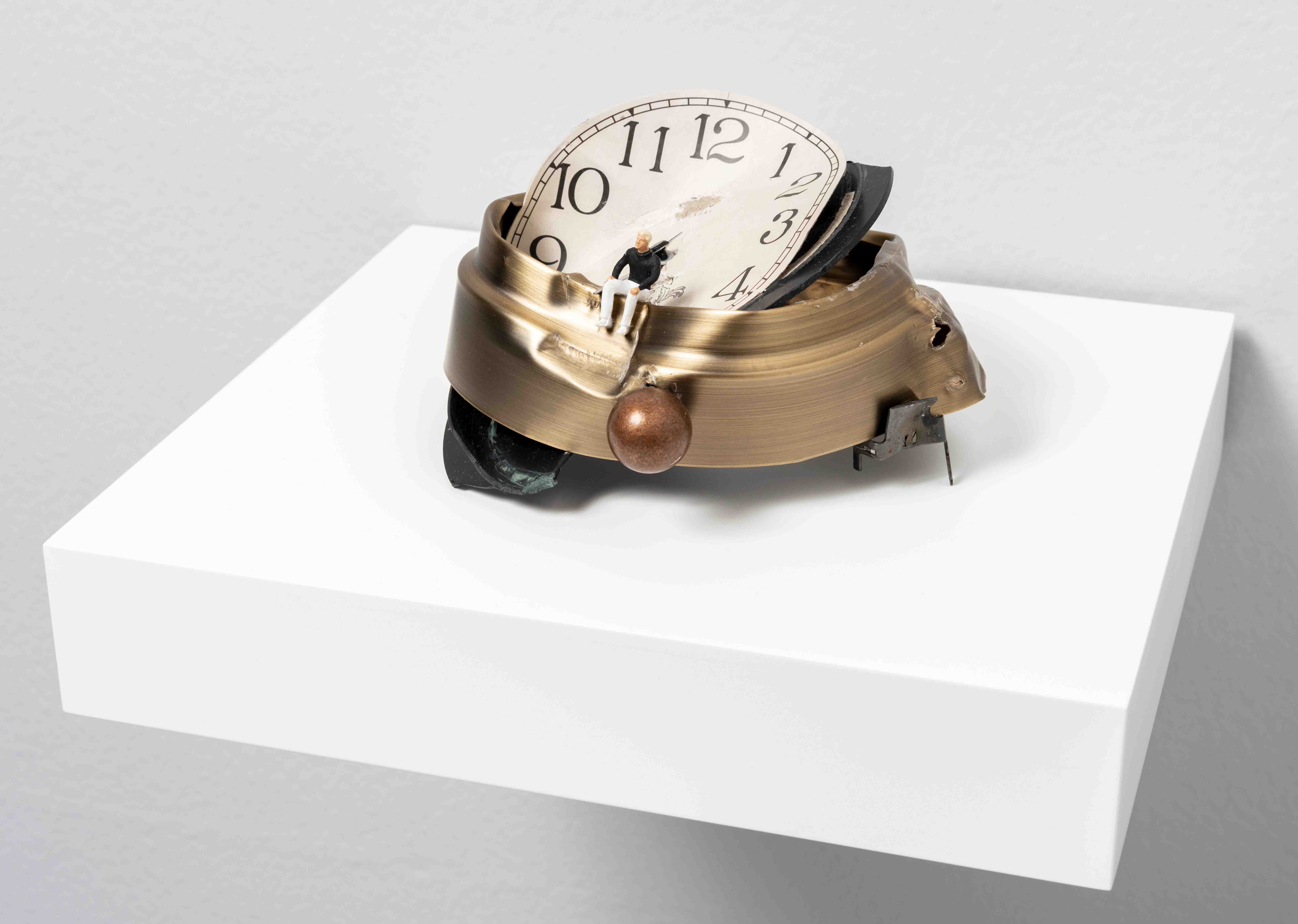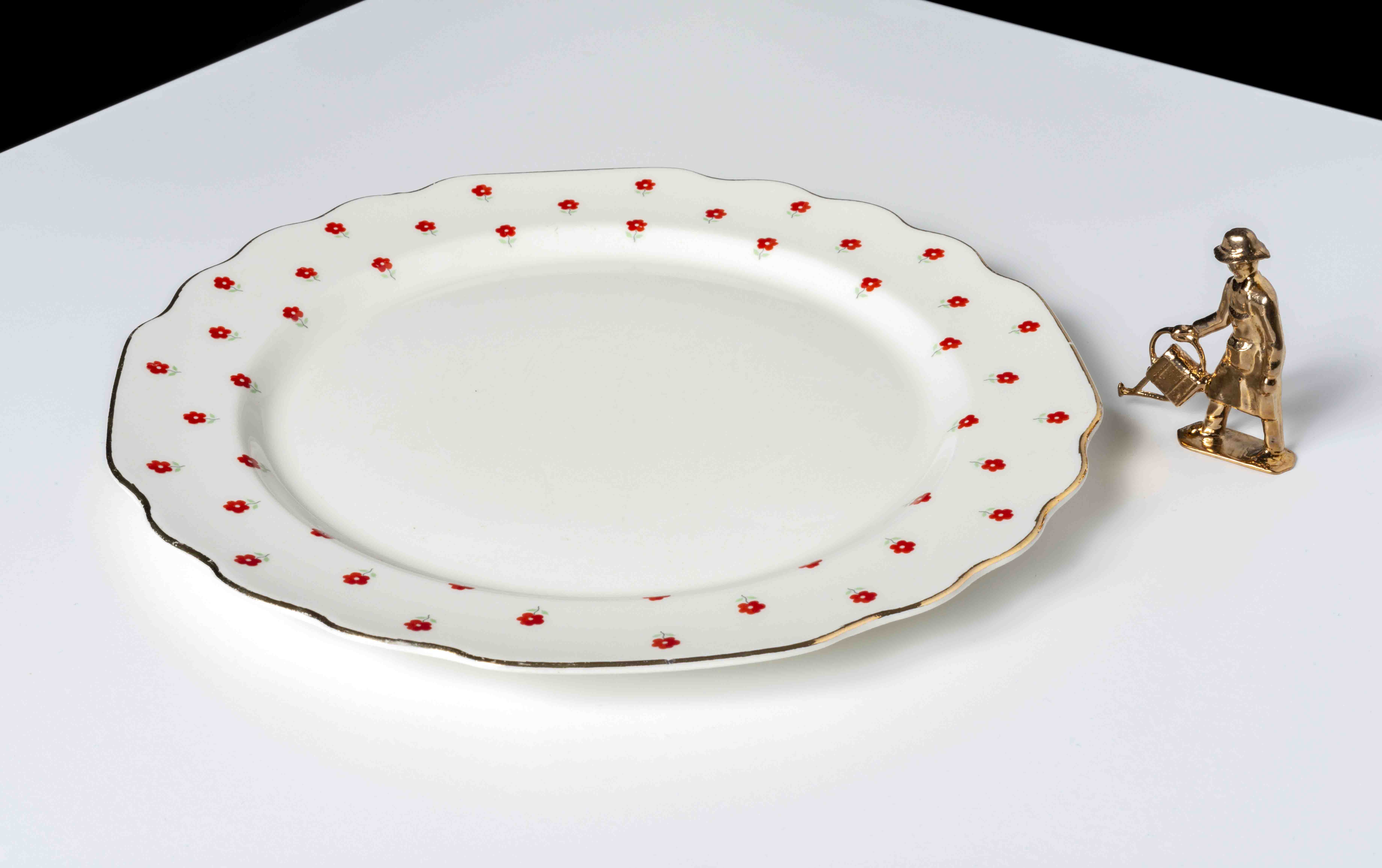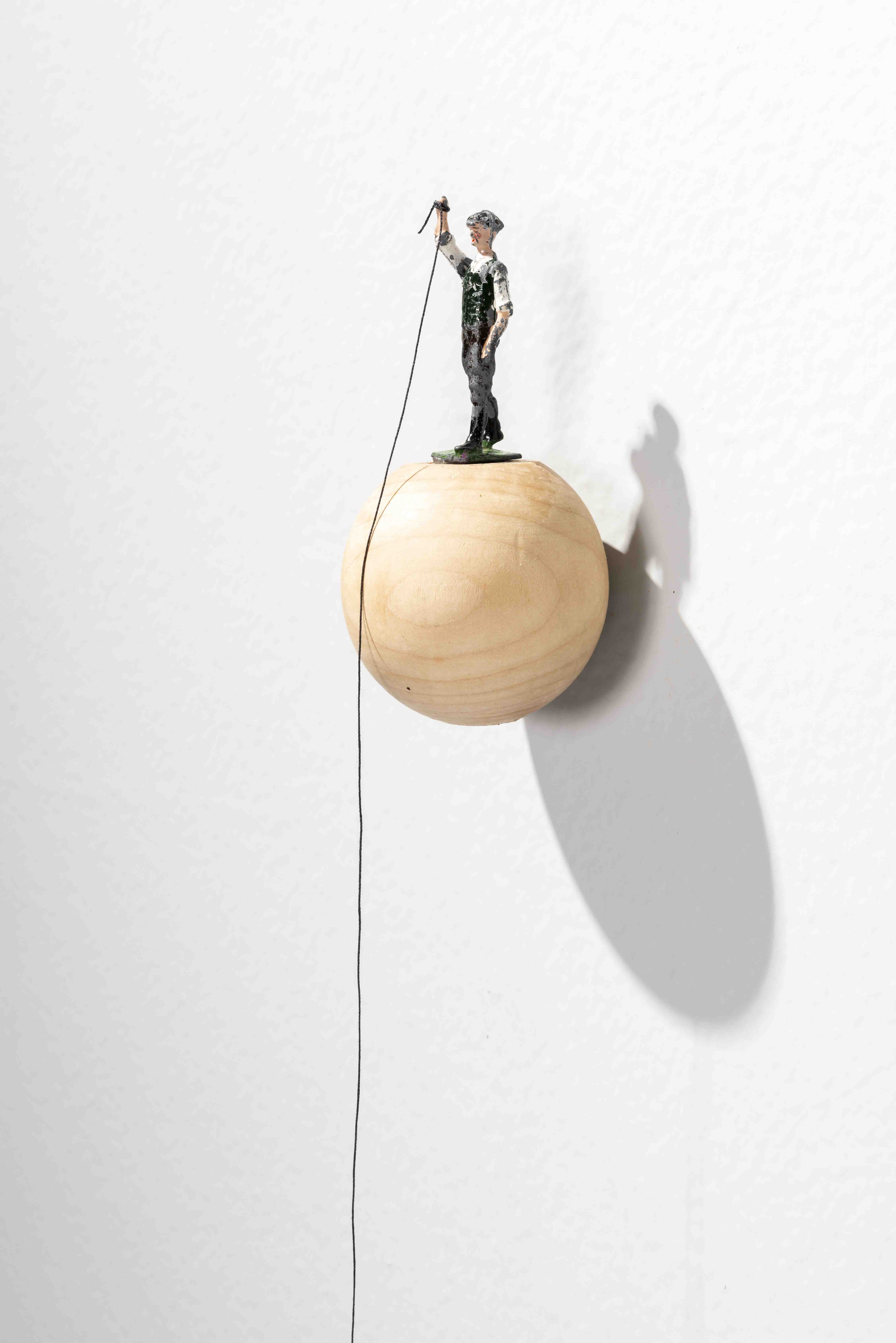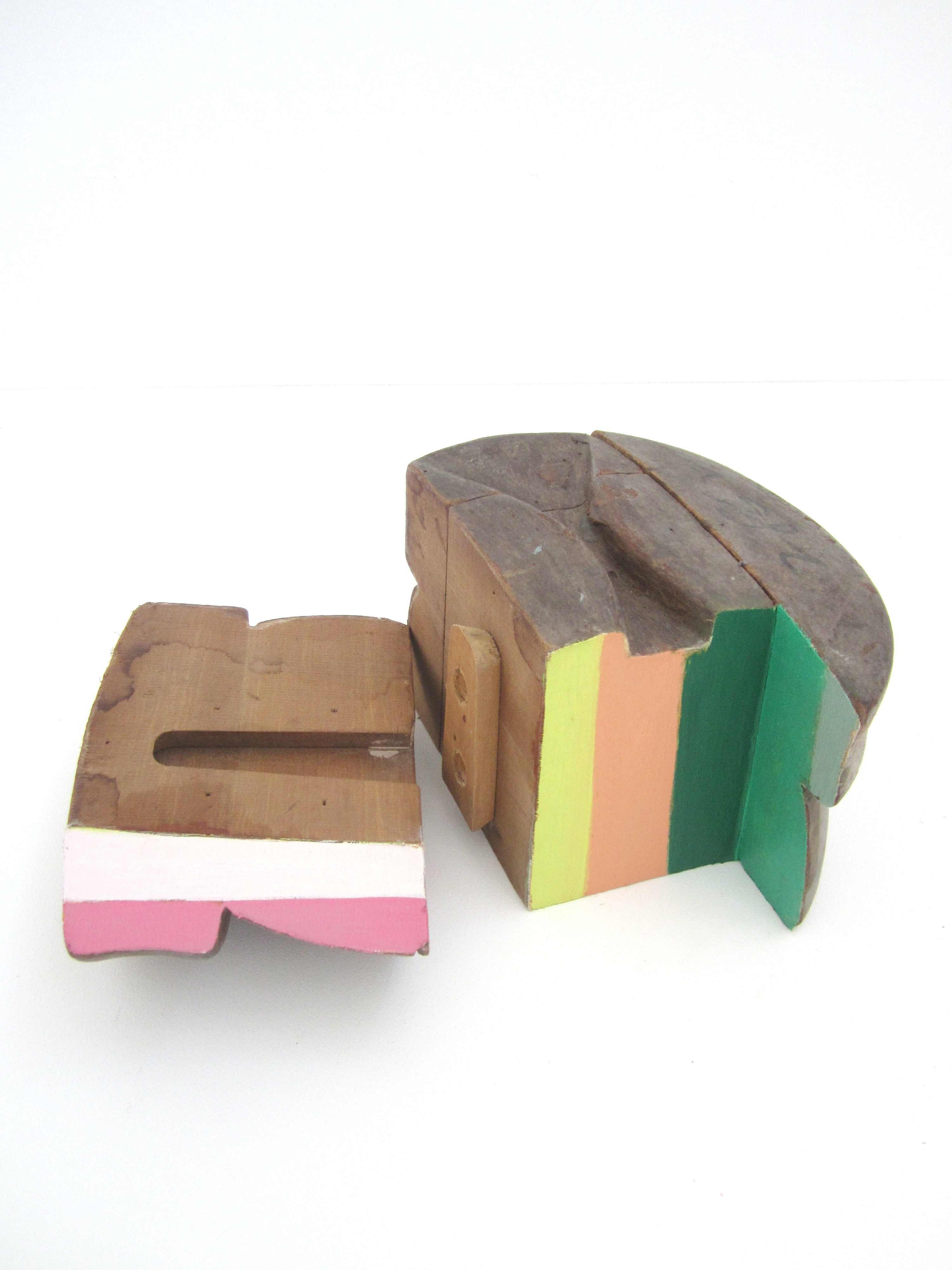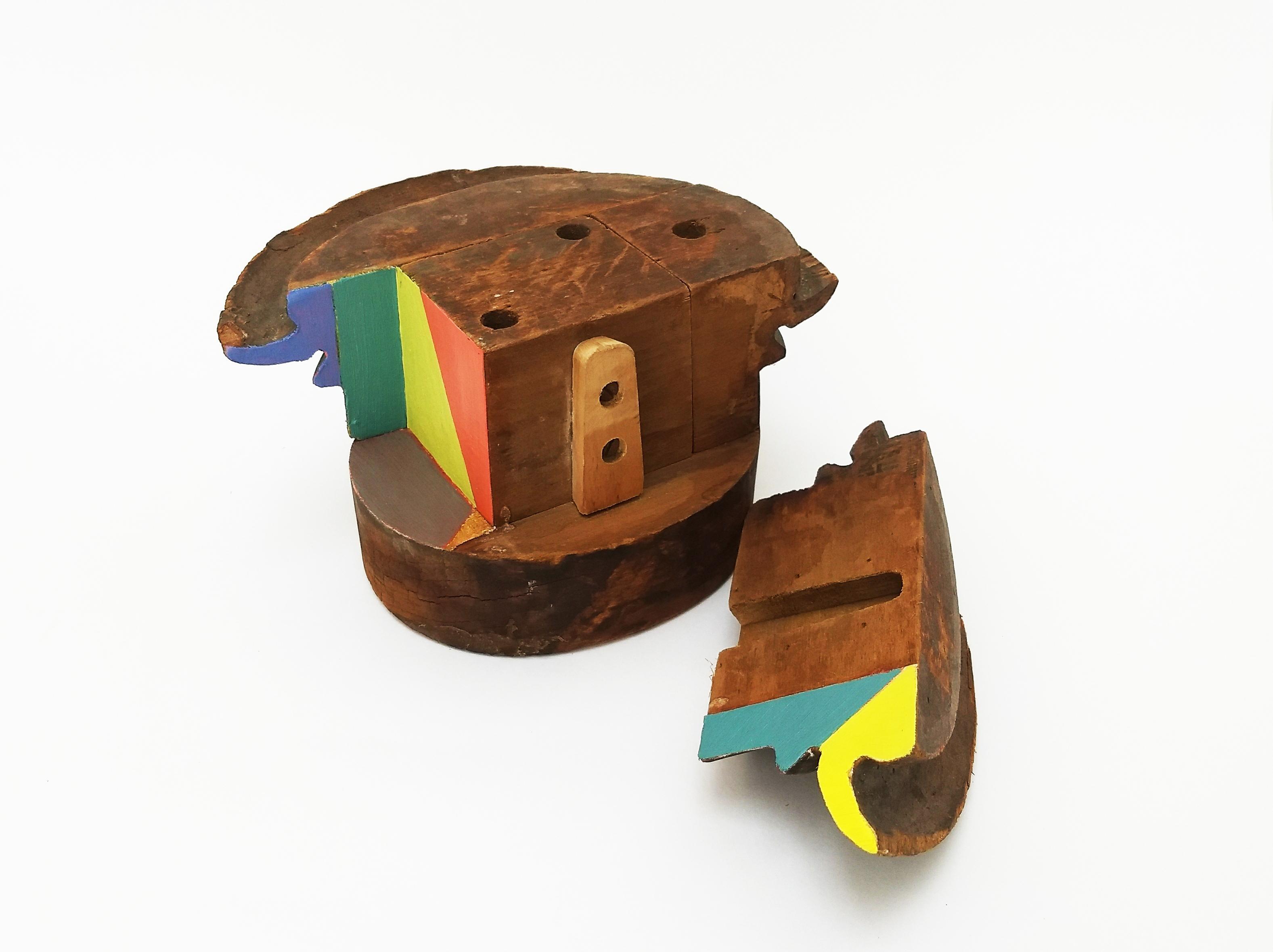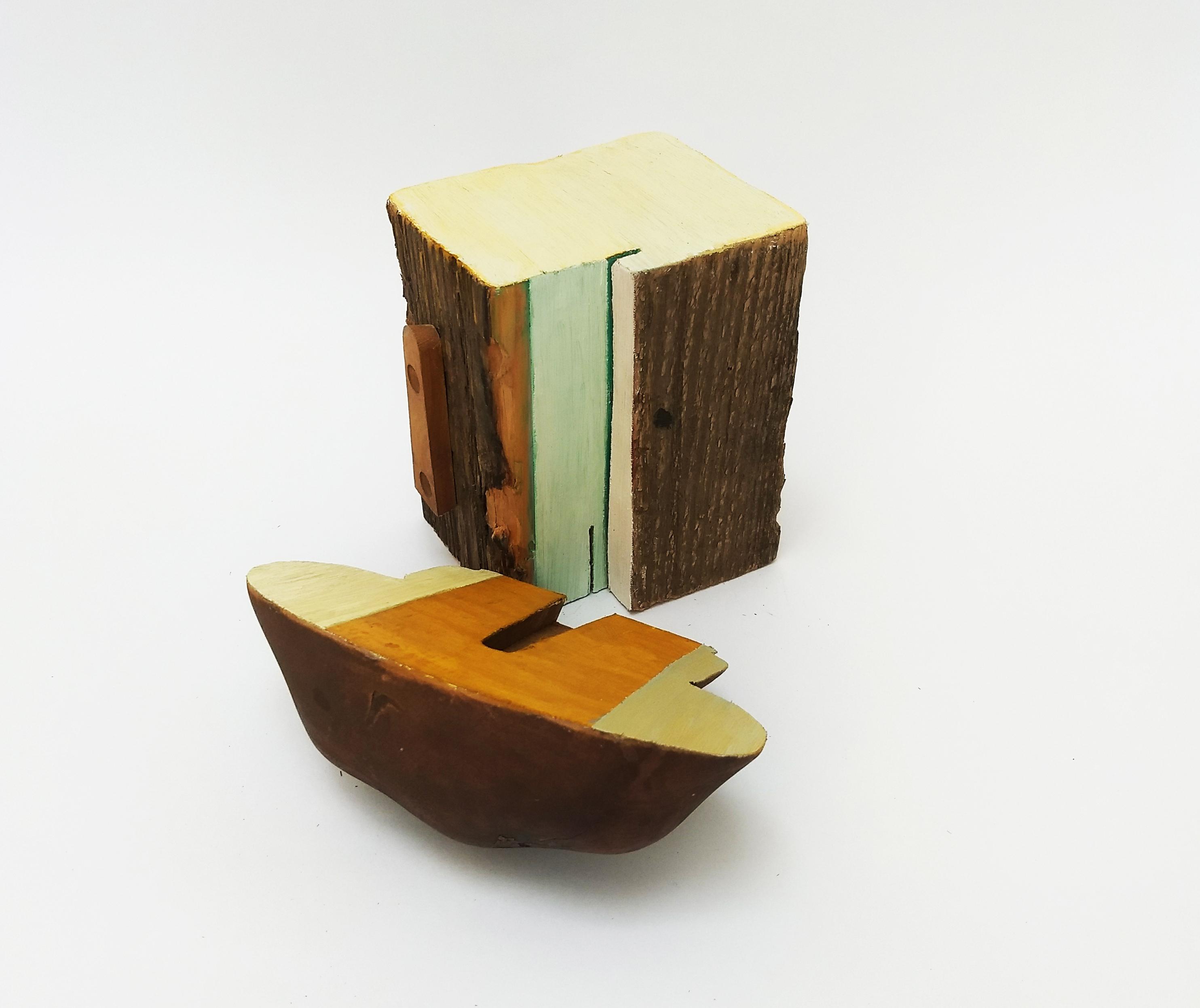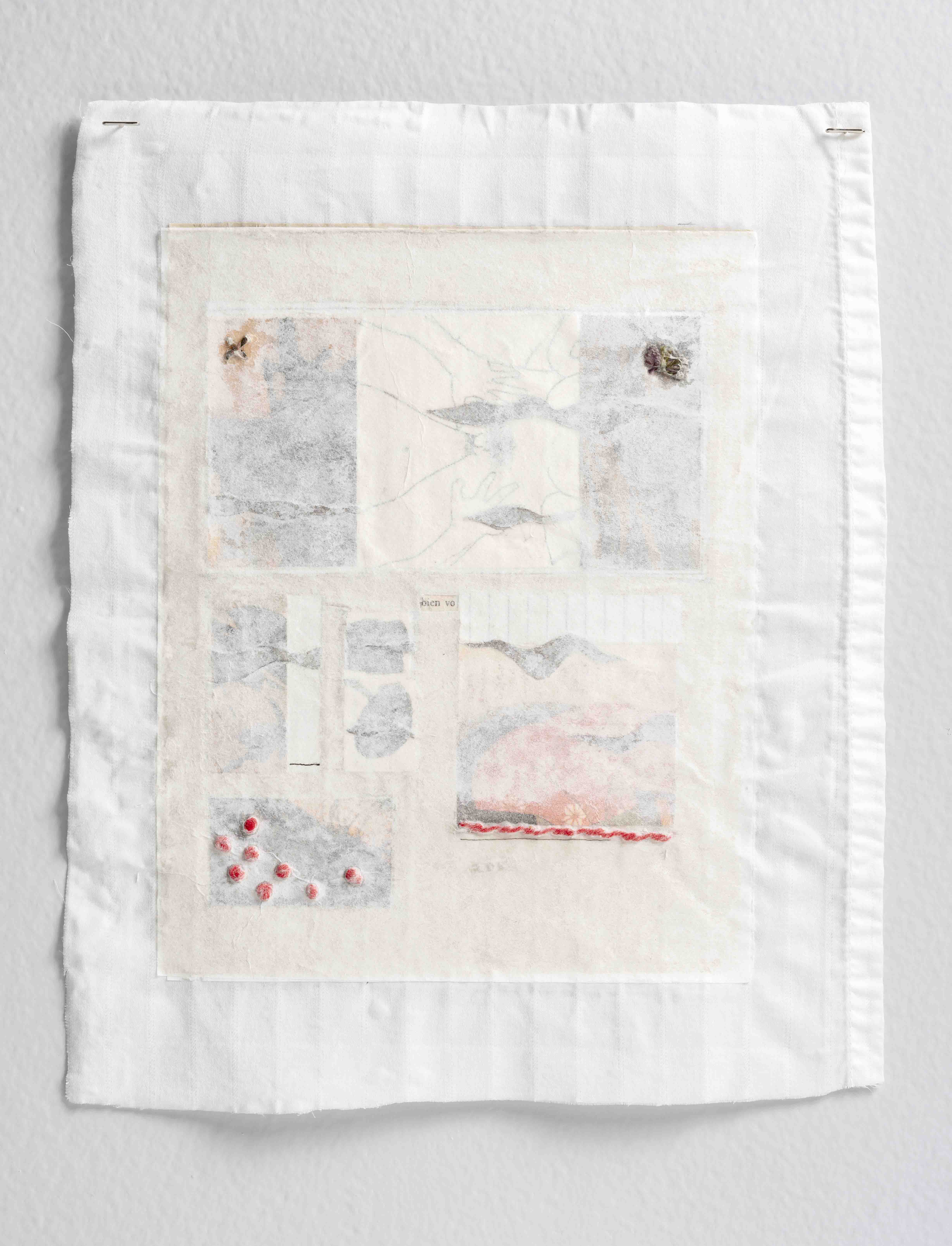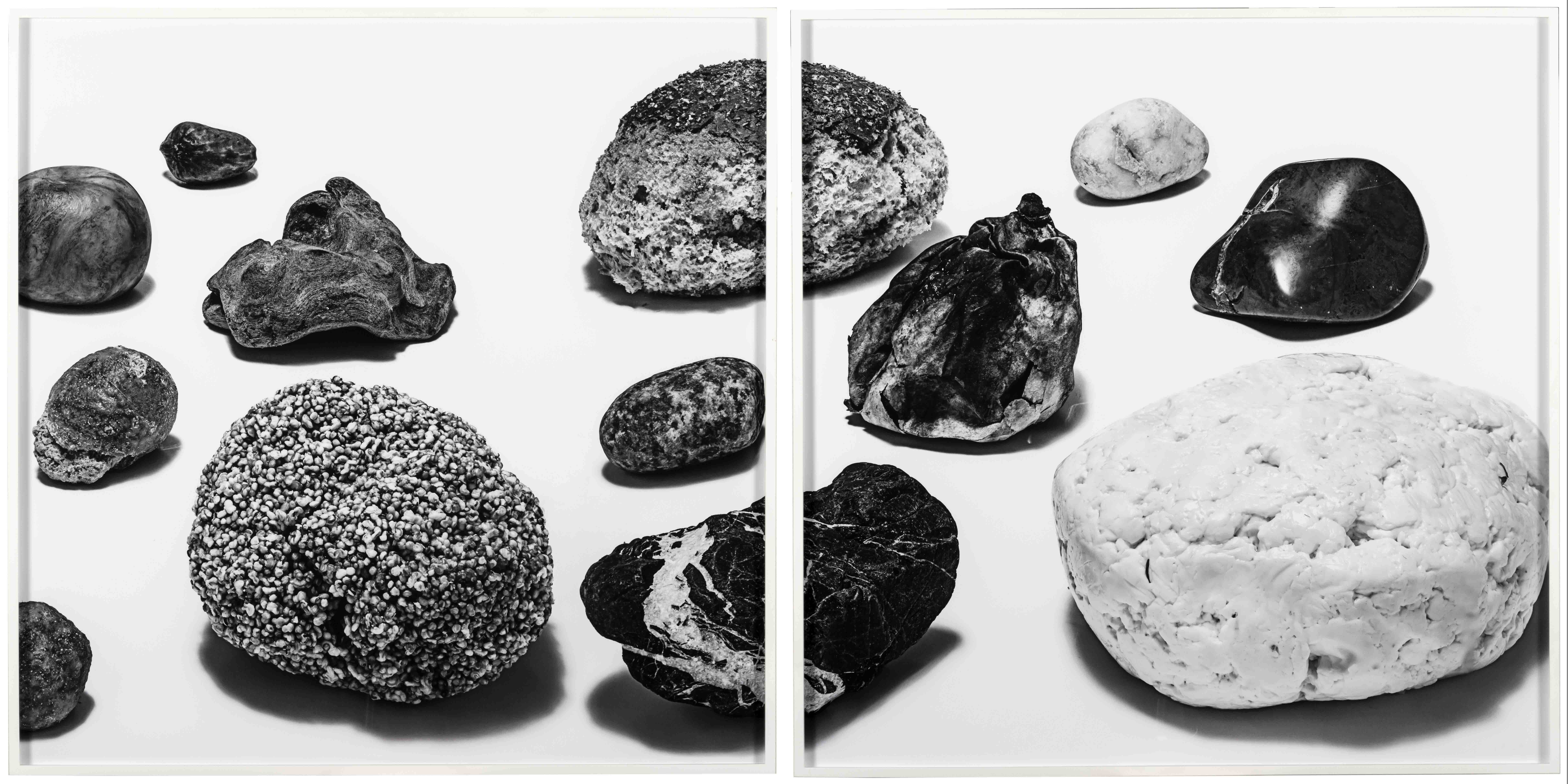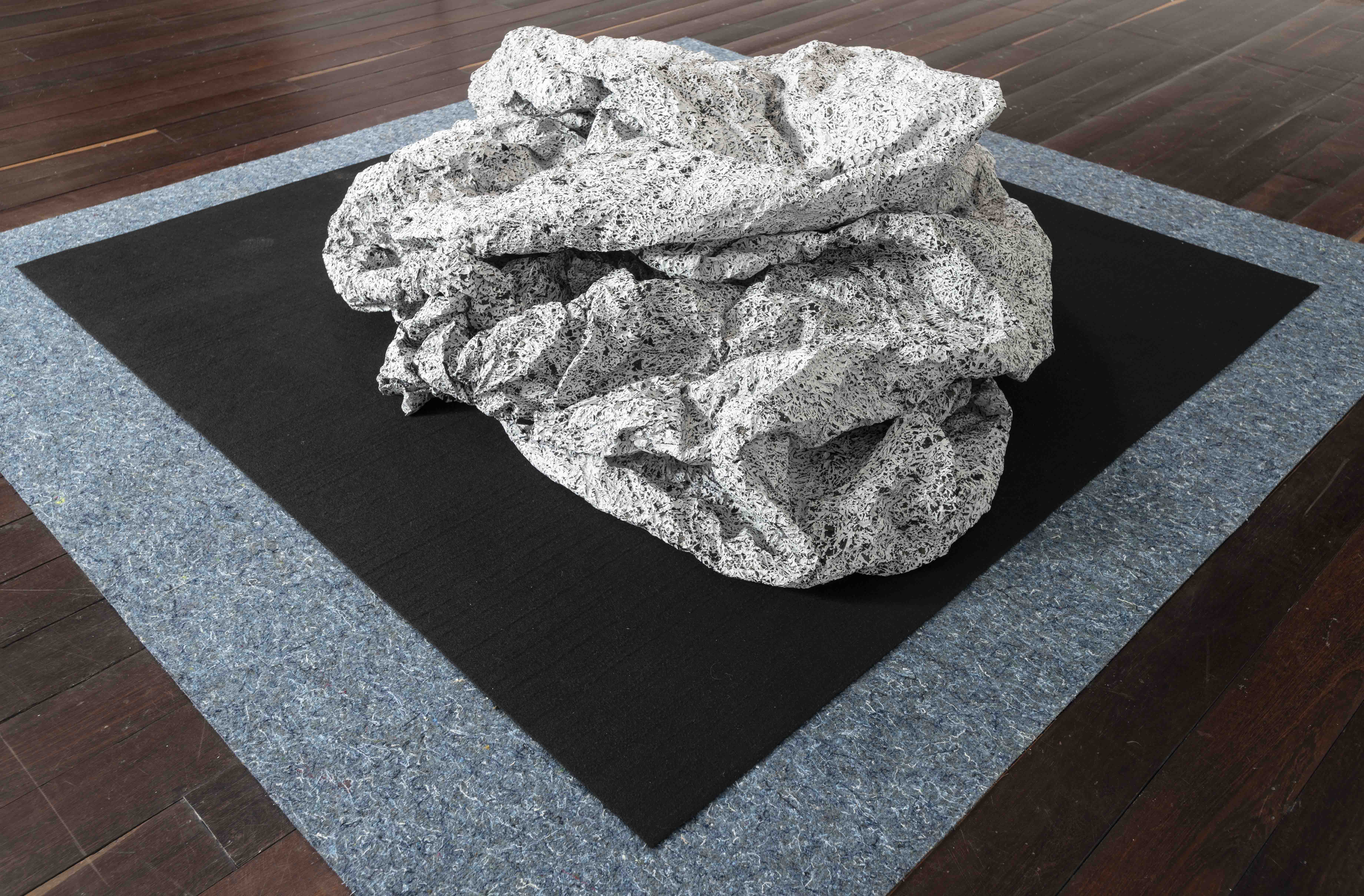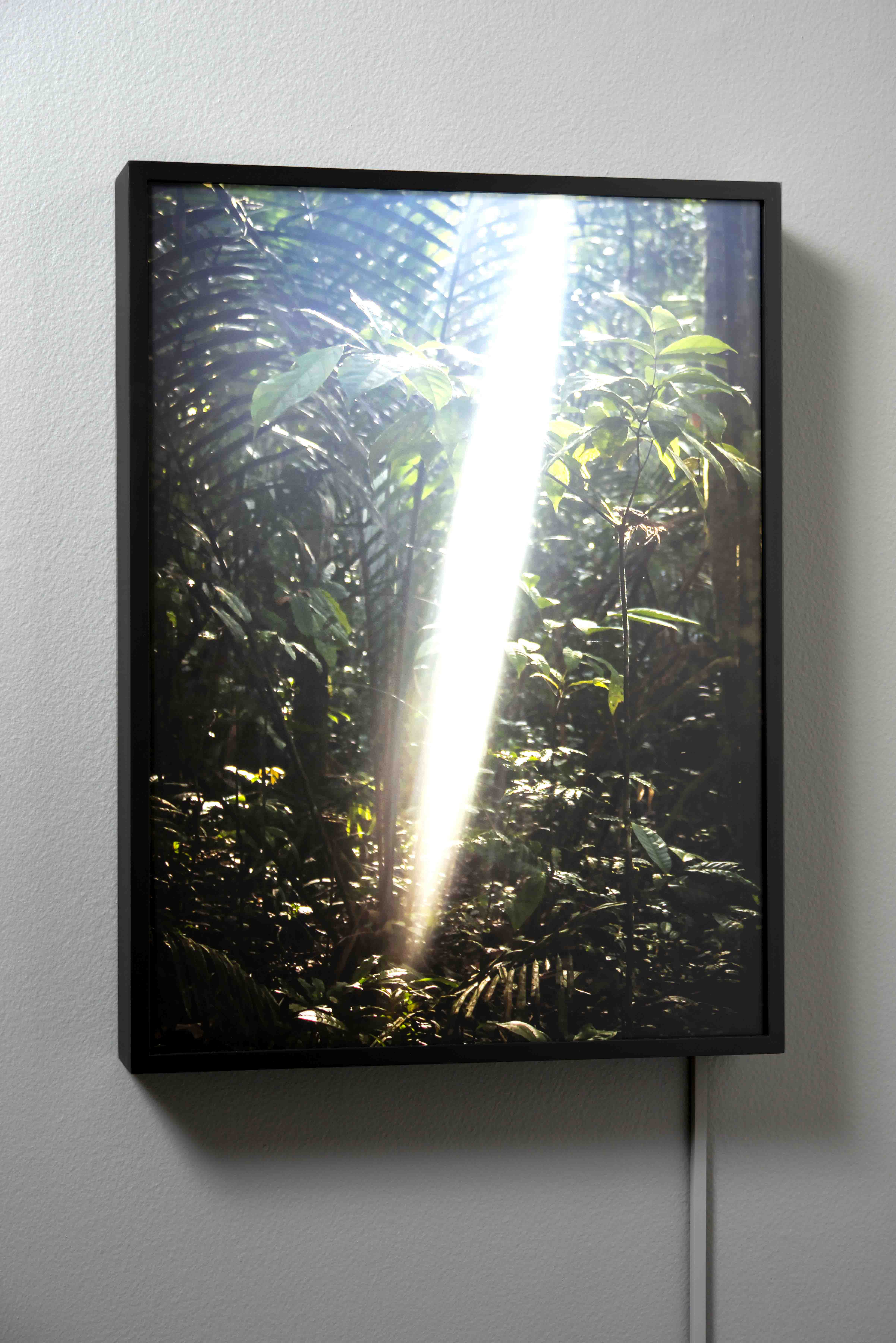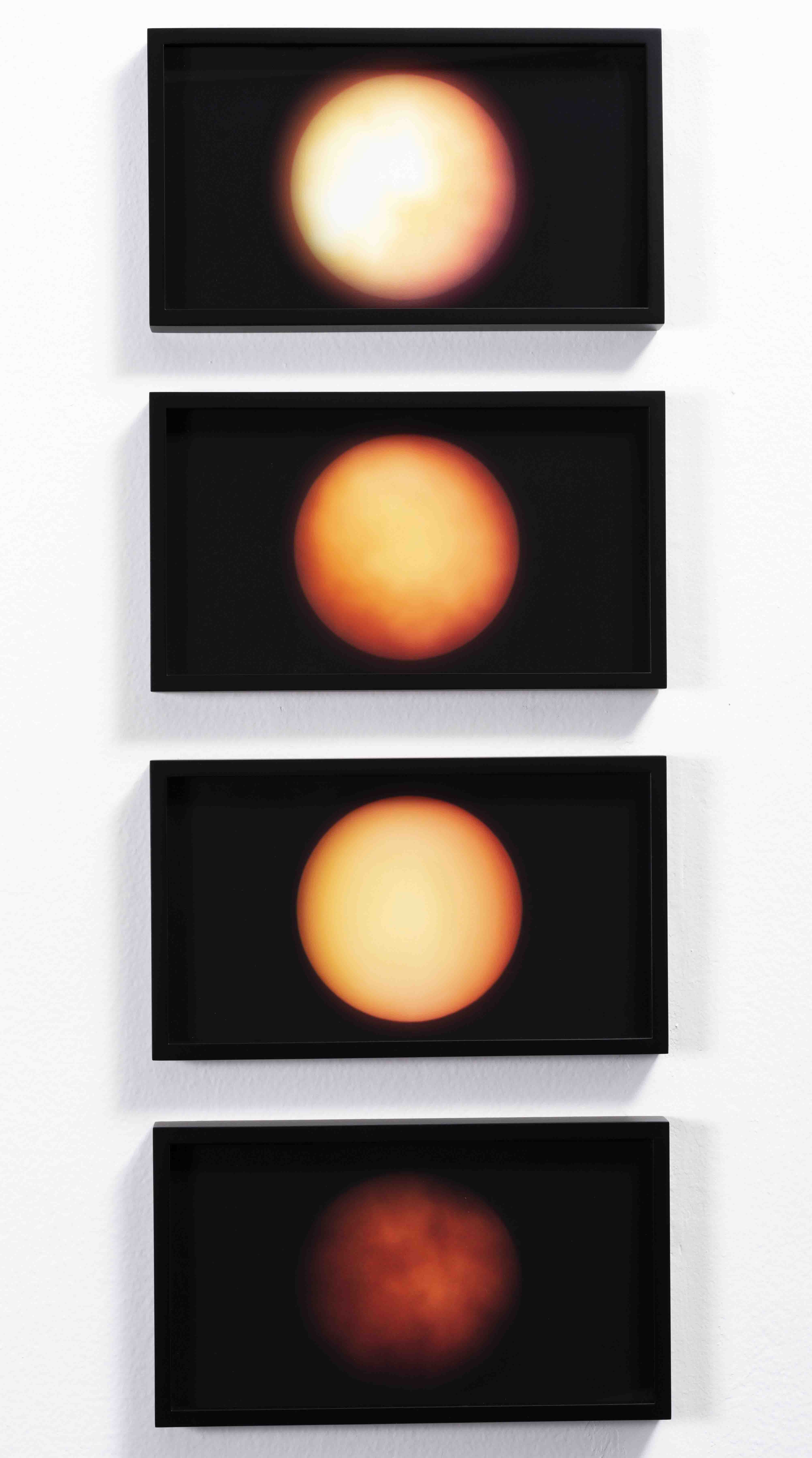Diálogos: La vida oculta de los objetos/Ser Dejar Estar
Participating artists: María Teresa Hincapié, Cesar González, Luz Lizarazo, Liliana Porter, Luis Roldán, Liliana Sánchez, Santiago Díaz Escamilla
Dialogues is a new experimental exhibition project that is fundamented on the notion of “dialogue” or conversation. It aims to foster dialogues and sketch out unexpected conceptual and formal intersections between works that have not had visibility in a gallery context, as well as to maximize their meaning and allow new readings.
The presentations that make up this project seek to step aside from the traditional exhibition format characterized by an opening event and in some occasions, a closing event. Due to the project’s experimental character, works will often be spontaneously introduced to the gallery space, accentuating the theme or conjunction which brings forth each dialogue. The exhibitions will be activated with talks between the participating artists.
La vida oculta de los objetos
La vida oculta de los objetos (The Hidden Life of Objects) gathers works from artists María Teresa Hincapié, Liliana Porter, Luz Lizarazo, Luis Roldán and Cesar González, with the purpose of exploring the notion of interior space or interiorism understood as an inseparable condition of the interiority of each individual, that reflects and represents her/his subjective dimensions: power relationships, intimacy, encounters, imagination, desires, fears, memory, emotions and affection. [1]
Interior spaces and their objects are a representation of the subjectivity of the individual that inhabits them; they are likewise, an indicator of how this individual thinks and relates to the exterior world. By making the unknown familiar, and being the place where conscience, memory and imagination are displayed, interior spaces and their objects are, in words of investigator Vlad Ionescu: the “scenography for our subjective life”. [2]
Thinking of the objects that build our “scenography”, is meditating about the hidden lives or temporalities that they embody, it’s recognizing their presence, their existence and the reactions that they evoke in us. The works that make up this exhibition, with their particular emphasis on found objects and their “transitory nature” [3], that treasure stories, experiences and emotions, invite us to become aware of our own subjectivity and its particular inherence in our opening towards the exterior world.
SER DEJAR ESTAR
Ser dejar estar, gathers works by artists Liliana Sánchez and Santiago Díaz Escamilla. An integrated installation of their works in the exhibition space, evidences the multiple crossing points shared by the artists directed at posing questions and manifesting thought processes. Due to their common interests the process-based and latent character of their artistic practices, the artists will take on the challenge of producing a work in collaboration, that will be developed as the exhibition evolves. Far from aiming to present a finalized piece, the work in process strives to destabilize the notion of the art object by entering an ambiguous discursive and material territory.
Sánchez and Díaz Escamilla are artists whose questions drive them to explore matter in the form of sculpture, video, photography and drawing. Travelling, the encounter with specific circumstances and the process of developing and formalizing a thought, are fundamental aspects that shape their practices. Both of them propose exercises that require imagination and thought, that at the same time unveil processes that result from questions or phenomena that usually go unnoticed, but that through their work become evident and a source of amazement and awe.
The dialogue between Sánchez and Díaz Escamilla results from works in which natural phenomena are affected by specific circumstances. By articulating attitudes towards objects –that challenge the spectator’s perception- the artists invite us to browse around the events displayed around the space, in unusual ways.
Paula Bossa
[1] Ionescu, V. The interior as interiority. Palgrave Commun 4, 33 (2018). https://doi.org/10.1057/s41599-018-0088-6
[2] Idem
[3] Bernal de Herrera, Magda. (2002). Un anzuelo y el salmón, María Teresa Hincapié caminar hacia lo sagrado (Tesis de Maestría)
Universidad Nacional de Colombia, Bogotá.
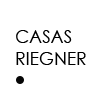
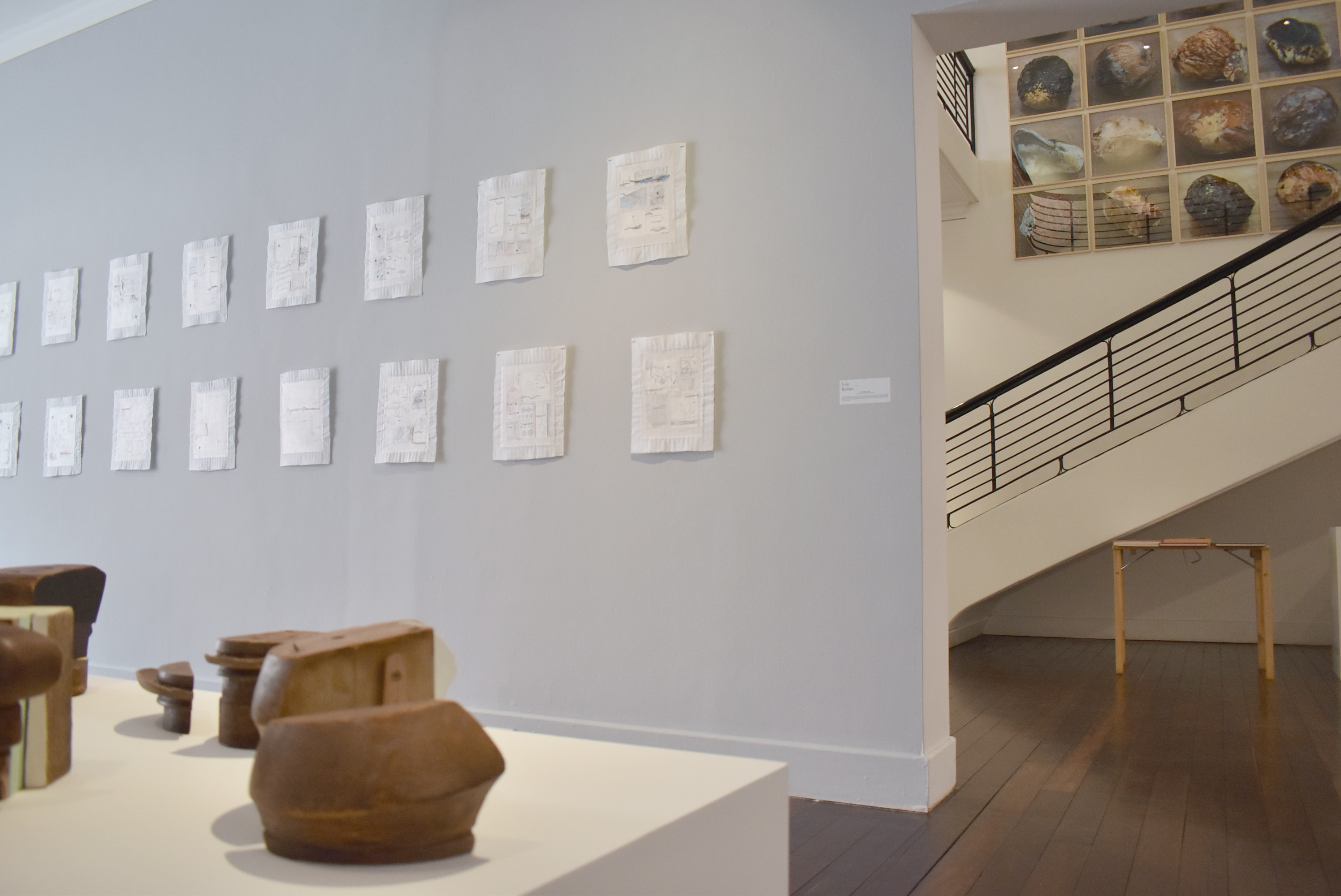










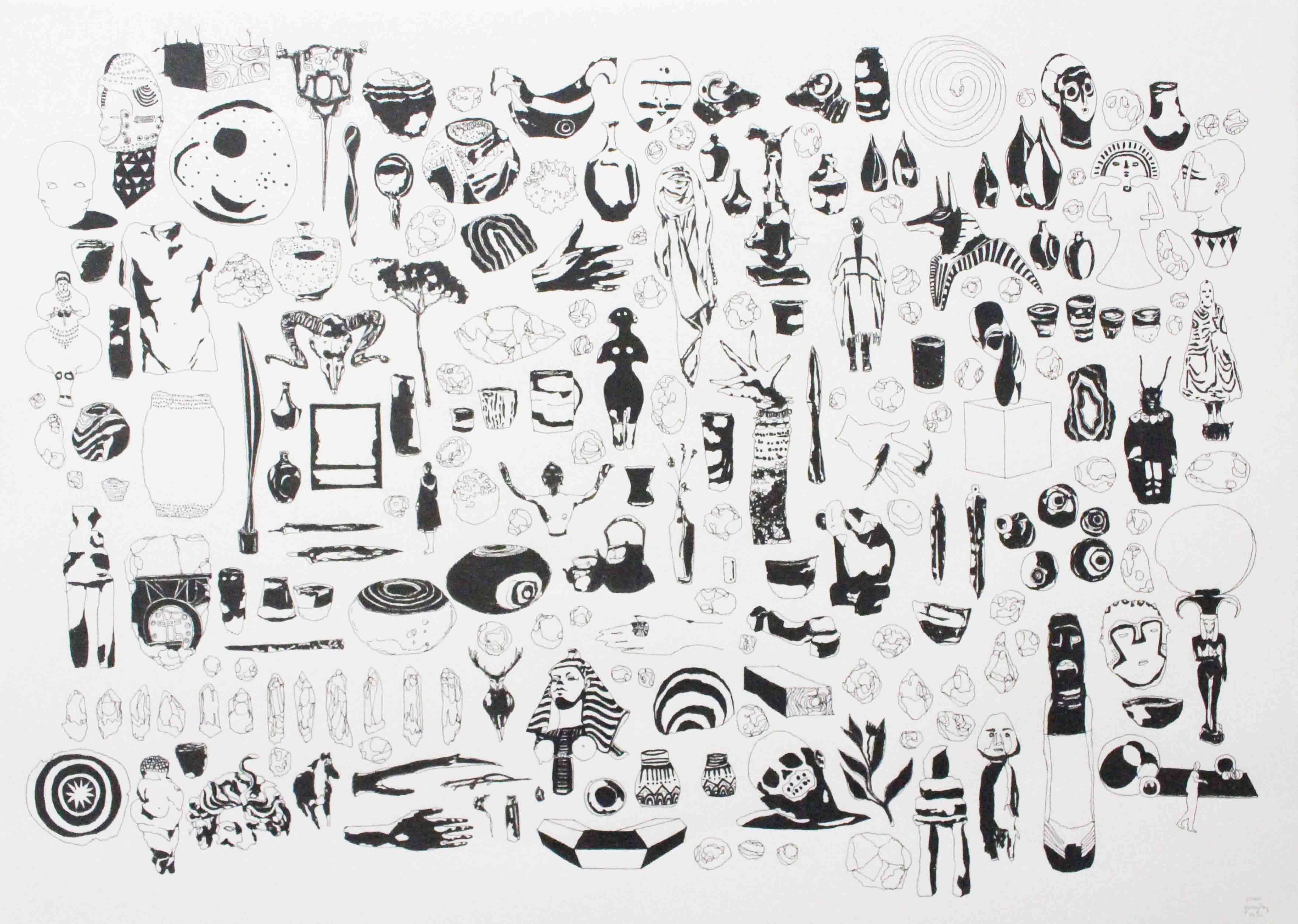
.jpg)
